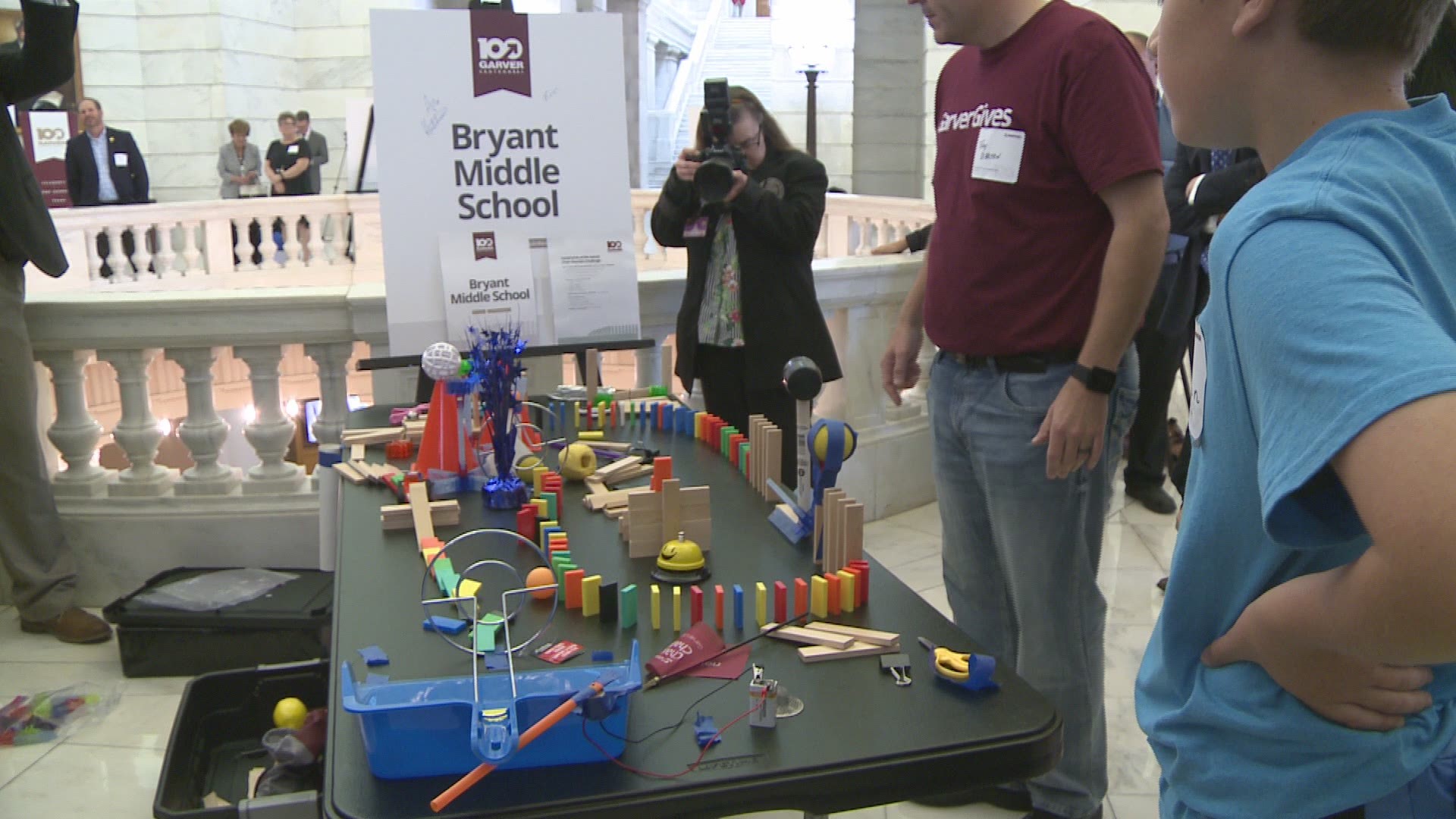LITTLE ROCK, Ark. — Crystal Hill Elementary, Mills Middle School, Robinson Middle School and Sylvan Hills Middle School are among a group of 100 schools across an 11-state footprint to receive chain reaction STEM kits and monetary donations from Garver.
Schools were nominated by Garver employees as part of the firm’s employee-driven GarverGives initiative.
To help celebrate a century of innovative engineering services, Garver is teaming with schools from across the country to advance the type of critical and creative thinking displayed by its founder Neal Garver in 1919.
When Neal opened his one-person engineering firm in Little Rock, Arkansas a century ago, he set forth a chain reaction of events that is still impacting communities today.
“By teaming with these schools, we’re celebrating a century of doing business by giving back to the communities that have helped us reach this point,” said Garver Chief Executive Officer Dan Williams. “Our hope is that providing hands-on STEM education opportunities like these will help develop the core concepts necessary to cultivate the next generation of engineers.”
Schools are encouraged to use the kits to create Rube Goldberg-style chain reaction contraptions for the Garver Chain Reaction Challenge. Through this interactive activity, students will gain a better understanding of STEM concepts, the engineering design process, critical thinking skills, and the importance of perseverance – all while having fun along the way.
Each chain reaction STEM kit includes KEVA planks and Brackitz connectors to build 3D structures, a DC motor, balls, ramps, and a slew of whimsical everyday items to create a Rube Goldberg-style contraption. The hope is that students will learn about the engineering design process by creating machines that can accomplish various tasks.
“When we think of STEM, we often envision high-tech applications. But with the Chain Reaction Challenge, we’re intentionally asking students to use very low-tech items to engineer simple machines that work together,” Williams said. “The exercise teaches physics principles like kinetic energy, gravity and force, while also promoting creativity and problem-solving skills.”
Schools will also have an opportunity to win an additional $1,000 by sharing a video of their contraption for the Garver Chain Reaction Challenge. Garver Chain Reaction Challenge entries will be judged by a panel of engineers based on the creation’s total running duration, innovation, and presentation. The top five submissions will receive a check for $1,000.
Garver Chain Reaction Challenge winners will be announced May 15.

